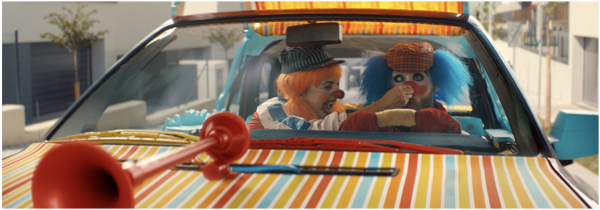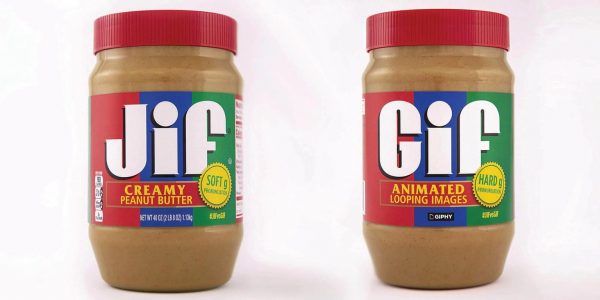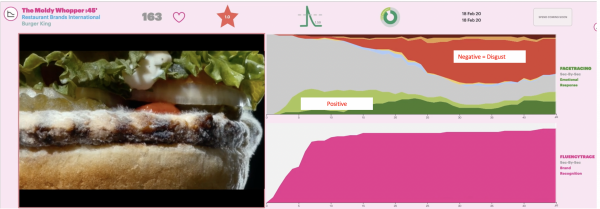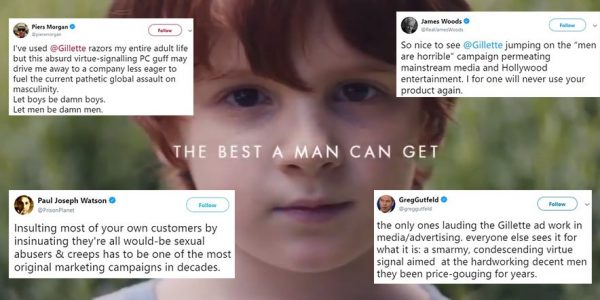Is all publicity REALLY good publicity: Corona, Burger King and Jif?
“Any publicity is good publicity” is one of the oldest sayings in marketing. And it’s more topical than ever, with many teams desperate to create ‘buzz’ that gets their brands talked about in the social space. A classic example is Burger King’s recent ‘Moldy Whopper’ ad, that has fuelled debate about whether it’s genius or madness. How the coronavirus might have impacted sales of Corona beer is another lively topic of discussion.
In this post I explore how to increase the chances of publicity being good for your brand, not bad.
Salience DOES matter
Building salience for your brand matters, as we’ve been posting on for many years now. Building ‘mental availability’. along with driving distribution, grows volume share, as shown by the work of Byron Sharp and the Ehrenberg Bass team. (An additional driver of value share, not covered in Byron’s work, is premiumising your brand.)
So, given the importance of salience, getting your brand noticed via high impact marketing is a good idea. This can be especially useful for long established brands that have high total awareness, but low top-of-mind awareness. We know them, but they’re just not on our daily shopping list.

Best approach: drive salience AND RELEVANCE
But is salience all that matters? Is any publicity good publicity? No, of course not.
Brands build ‘memory structure’ via distinctive delivery of relevant benefits that help people achieve their desires and goals. Audi’s prize winning ‘Clowns’ campaign is a good example we posted on here. It grabbed attention, got talked about and drove recall, whilst positioning Audi as a way of being in control on a road fully of clown-like drivers.
Second best approach: drive salience AND POSITIVE feelings
The second best approach is to drive salience in a way that doesn’t necessarily communicate a benefit, but does leave people feeling good. You could, I guess, argue that this is actually helping people reach the goal of feeling happy, a much needed benefit at a time when negative, scare-inducing headlines dominate the news!
JM Smucker’s recent campaign for Jif, America’s leading brand of peanut butter, is a good example of this approach that Mark Ritson highlights (1). The campaign taps into debates about how to pronounce the word ‘gif’ by launching two versions of the jar: one with a ‘soft’ G (Jif) and one with a ‘hard’ G (Gif). This has nothing to do with peanut butter per se, but does several things well:
- Gets the brand talked about
- Direct link to the brand NAME to drive saliency
- Taps into popular culture
- Uses ‘packvertising’ to help sell more stuff (SMS): you have to buy a jar to fully participate
- Makes you feel good

OK approach: drive pure salience with NEUTRAL feelings
A third approach is increasing salience with no negative impact on your brand. And this is the category I believe Corona beer falls into. As Mark Ritson points out in his latest column (1), “The massive salience boost for Corona will propel the brand to top-of-mind status for millions of beer drinkers for many weeks to come”. As he rightly explains, being top-of-mind for beer is critical, especially in the ‘on-trade’ such as busy, noisy pubs and bars when you need to quickly shout out what you want.
The coronavirus is of course a very bad thing. But it has nothing to do with the production of Corona beer, in contrast to previous drinks scares such as Dassani water being withdrawn from the UK over suggestions the product itself could cause cancer (2). Whilst people in research may claim they are concerned about Corona beer as a result of the coronavirus, this uses ‘system 2’ rational thinking, whereas bar calls are made using impulsive ‘system 1’ thinking as Mark rightly points out.
Worst approach: drive salience with NEGATIVE impact
The final and worst approach is to build saliency that actually has a negative impact on brand equity.
Burger King’s ‘Muldy Whopper’ ad falls into this camp, as shown by System 1’s quant testing which gives it a rock bottom 1 star rating (1). The dominant emotion detected was disgust (see ‘face trace’ emotional response during the ad below): the ad was one of the most disgusting ever tested. The ad is supposed to show that Burger King’s Whopper is more natural, hence it goes mouldy over time. However, as actual real people didn’t read the creative brief, the are more likely to ask “What the f**k are they doing that for?”, as Mark suggests (1).
Furthermore, even if the ad does communicate the message of being preservative free, this is probably not the main benefit potential customers are seeking. “Succulent, flame-grilled, indulgent, fresh and delicious are at the heart of Burger King’s appeal,” Mark adds. “This ad, (is) not just devoid of these things but counter to them.”

Another (in)famous example of driving salience at the expense of brand equity is Gillette’s 2019 ‘Best a Man can Be’ campaign that we posted on here. “Although one ad was not the reason for the $8bn write-down in Gillette’s value that followed* … it made a significant proportion of the brand’s target market feel the masculinity associated with Gillette was now under attack by the brand. And many turned away as a result,” Mark explains.
*I tried without success to get some hard data on the campaign’s brand and business results from Gillette’s CEO, as I posted on here.

In conclusion, aim for impact and saliency that communicates a relevant benefit or at the very least doesn’t conflict with the catgeory benefits people are seeking. As Tom Ewing of System 1 says, “Shock value ads can get people talking but they’re no substitute for long-term campaigns which aim to seduce their audiences, not disgust them.” (3)
(1) https://www.marketingweek.com/coronavirus-corona-boost-sales/
(2) https://corpwatch.org/article/uk-dasani-bottled-tap-water-withdrawn-after-cancer-scare


